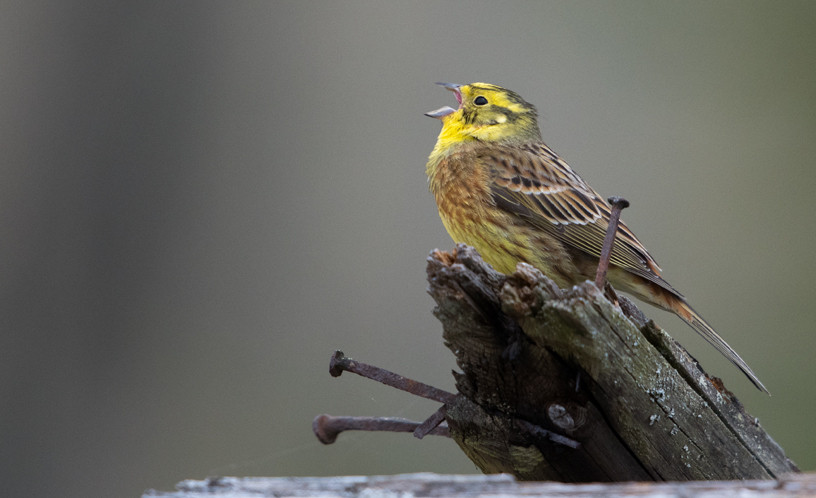Description
Backgården is an area of open fields fields that border the lake of Stora Aspen. In the spring, not only many migrating birds fly over but there is a chance to see many kinds of geese, as well as Полевой лунь, Пуночка, Лапландский подорожник, Дербник, Горная чечётка, Белозобый дрозд, Средний кроншнеп and also different kinds of ducks can be seen with a little luck (Луток, Широконоска, Серая утка and Свиязь). Common species during the summer are Гоголь, Чернозобая гагара, Краснозобая гагара, Речная крачка, Сизая чайка, Серебристая чайка, Луговой чекан, Чибис, Большой баклан, Орлан-белохвост, Скопа, Пустельга обыкновенная and Большой кроншнеп.
Waders like Бекас, Фифи and Черныш are usually seen in the marsh. In winter, there is a bird feed that often has a lot of Обыкновенная овсянка (which are also stationary in summer). Also Снегирь, Обыкновенная зеленушка, Черноголовый щегол, Черноголовая гаичка, Сойка, Лазоревка, Большая синица, Юрок and Обыкновенный поползень to name a few have been seen at the feeding place in winter. If you are lucky, there is a chance of several kinds of woodpeckers. At the feeding site Большой пёстрый дятел is a frequent visitor in winter (it is common there all year round). Зелёный дятел and Желна are on site all year round (but mainly spring, summer and autumn) and are discovered mainly through their sounds.
Малый пёстрый дятел, Вертишейка and Седой дятел have also been observed at the site. During summer nights, you may be lucky enough to hear some species. Серая неясыть sometimes calls, in some years Коростель is on the arable land and in the wetland there is a chance for various night songbirds, such as Обыкновенный сверчок, Камышевка-барсучок and Обыкновенный соловей. Бекас is a common species here that is usually noisy after sunset. As it is a bit down to the water, you may need to walk over the grass to be able to listen for night owls properly. The grass is quite tall and usually damp at night, so waterproof shoes are good to have. Please avoid walking on cultivated land.
Details
Access
The easiest way to get here is by car. Parking is on the left side of the road near the bird tower. (GPS for parking: (lat, lon): 59.959438, 15.859923 or click on the P in the map to get directions to the parking.) The bird tower is clearly visible from the parking lot. The area is best experienced by exploring the area on foot and going out to the bird tower.
Terrain and Habitat
Wetland , Scattered trees and bushes , Agriculture , Reedbeds , LakeConditions
Flat , Open landscapeCircular trail
NoIs a telescope useful?
YesGood birding season
SpringBest time to visit
SpringRoute
Unpaved roadDifficulty walking trail
EasyAccessible by
Wheelchair , FootBirdwatching hide / platform
YesExtra info
In the tower there is a notebook in a mailbox upstairs. There you can read previous observations and report your own. The bird feeding is best viewed from the tower, then no binoculars are needed.



